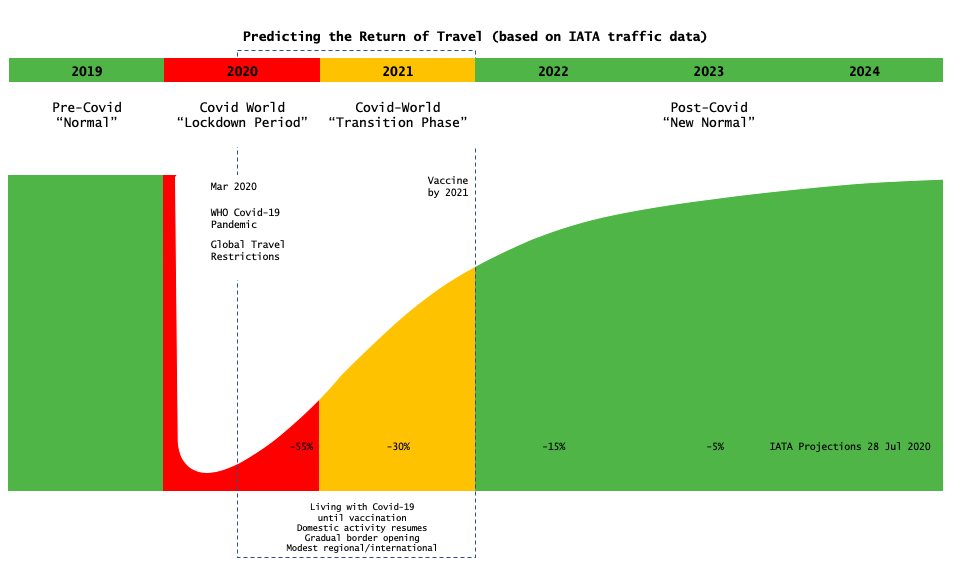 Event and broadcast production are closely related – like siblings, but without the constant fighting. The principles applied in the execution of corporate events are frequently similar to those found in TV event production – planning of the show flow, technical testing, the critical nature of rehearsals… you get the idea. There are also a lot of professionals with theatre and broadcast backgrounds who are attracted to the events industry, some seeing it as a logical step in their careers.
Event and broadcast production are closely related – like siblings, but without the constant fighting. The principles applied in the execution of corporate events are frequently similar to those found in TV event production – planning of the show flow, technical testing, the critical nature of rehearsals… you get the idea. There are also a lot of professionals with theatre and broadcast backgrounds who are attracted to the events industry, some seeing it as a logical step in their careers.
Lately, the traditional corporate event format has been evolving and expanding and today, these events often have a significant broadcast component – whether live broadcast, on-demand content, audience interaction or specialised value-add content. But if you’ve never done it before, broadcast can be quite intimidating. Here are a few pointers to help get you started.
1. Learn from the experts – You can learn a huge amount just by looking at how special broadcast events like the World Cup or the Super Bowl are executed and how they are integrated with online components. A good way to learn is to get behind the scenes with a broadcaster. Alternatively, look for experts in this field who can support your event.
2. Local live augmented by broadcast – Many broadcast events are massive occasions where attendance at the live events is ticketed and these tickets are in high demand, meaning the broadcast is only way most people will experience the event. Corporate event broadcast is different – here, the local component is critical to the whole experience. There needs to be strong face-to-face interaction to achieve relationship objectives. These elements can be filmed and broadcast to other locations, recorded and made on-demand locally, and incorporate feeds and content from other locations.
3. Compelling content must be edited and distributed quickly – When integrating content from other locations into your local face-to-face events or when making content available online, it needs to be relevant, fresh and available in easy-to-consume sound bites. This requires the support of a studio with experienced editing personnel – don’t try to do it yourself if you don’t have the experience.
4. Don’t ignore second-screening – Most people at events are on their smart devices, generally doing something related to what they are watching. The right mobile and tablet applications can deepen audience engagement by providing a second screen or even third-screen alternative to what is happening live in front of them.
Above all, remember that broadcast at corporate events is designed to augment, enhance and engage – not take the place of what’s happening right in front of the audience. So keep it snappy, light, or dramatic – whatever you need your content to do – but make sure it’s consistently engaging.
Tyronne O’Callaghan is general manager of Pico TBA Consulting Group


